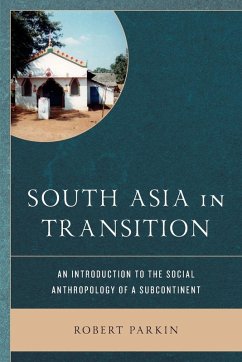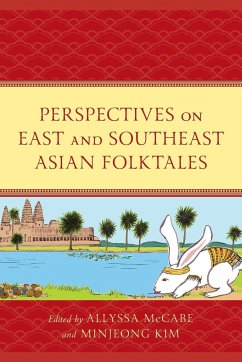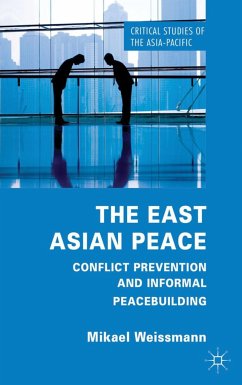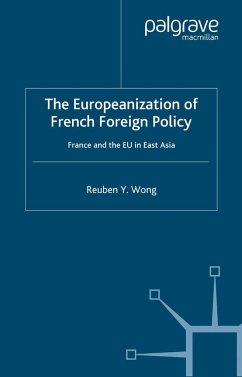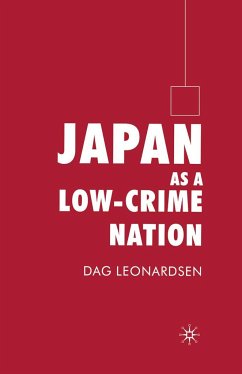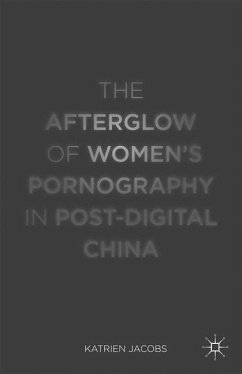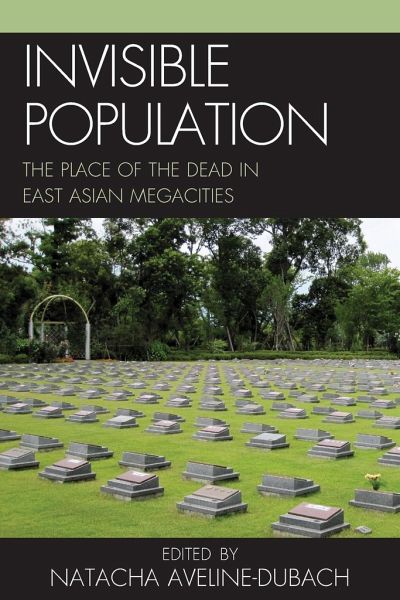
Invisible Population
The Place of the Dead in East-Asian Megacities
Herausgeber: Aveline-Dubach, Natacha

PAYBACK Punkte
28 °P sammeln!
This book provides new information on funerary practices in East Asia’s largest cities in which spatial constraints and the secularization of lifestyles are driving innovation. It reveals common trends in Japan, China and Korea, and addresses emerging challenges such as urban sustainability and growing social inequities.








